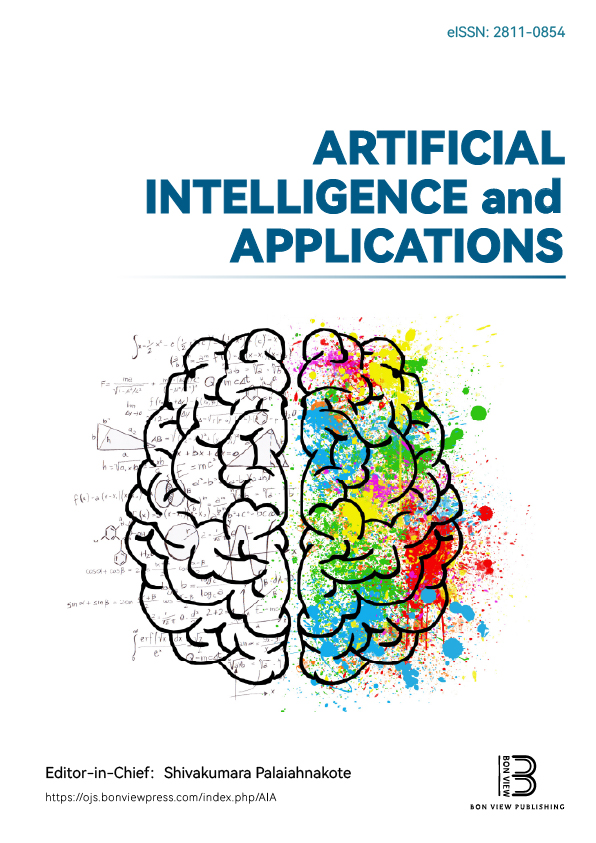Deepfake in Digital Business: Systematic Review of Strategies
DOI:
https://doi.org/10.47852/bonviewAIA52025448Keywords:
cross-sector adoption, deepfake technology, digital business models, digital governance, ethical AI, risk-benefit analysisAbstract
This research provides an extensive examination of the adoption of deepfake technology throughout digital business ecosystems, analyzing 186 cross-sector deployments from 2017 to 2024 using a mixed-methods methodology that combines qualitative case studies with quantitative risk-benefit indicators. The study reveals notable differences in sectoral adoption results. For example, marketing had a 28% return on investment from tailored synthetic material, even if trust fell by 22% when the content was revealed. On the other hand, finance saw a 62% drop in synthetic fraud, although it cost $4.2 million to fix false positives. A geographic study shows that adoption rates are different in different parts of the world. For example, Asia-Pacific has a 63% acceptance rate under utilitarian-driven governance (2.9/5 regulation score), whereas the EU has a more conservative 38% acceptance rate under the General Data Protection Regulation (4.2/5 score). Technical benchmarks reveal significant detection weaknesses, with accuracy decreasing from 97% in controlled environments to 68.2% in practical applications, compounded by an 83% accessibility deficit for small and medium-sized enterprises (SMEs) requiring 8.7 TFLOPS equipment. The study enhances the field by presenting a Composite Risk-Benefit Index for sectoral risk assessment, suggesting a tiered governance framework in accordance with IEEE standards, and setting empirically validated detection thresholds. Key results show that effective adoption needs cross-functional governance (odds ratio = 4.2), dynamic transparency standards (73% consent uptake), and fair access solutions to close the gaps across SMEs. These ideas provide practical direction for companies navigating the equilibrium between innovation and responsibility in an age characterized by the widespread dissemination of synthetic media.
Received: 19 February 2025 | Revised: 19 May 2025 | Accepted: 22 August 2025
Conflicts of Interest
The author declares that he has no conflicts of interest in this work.
Data Availability Statement
Data sharing does not apply to this article as no new data were created or analyzed in this study.
Author Contribution Statement
Gabriel Silva-Atencio: Conceptualization, Methodology, Software, Validation, Formal analysis, Investigation, Resources, Data curation, Writing – original draft, Writing – review & editing, Visualization, Supervision, Project administration.
Metrics
Downloads
Published
Issue
Section
License
Copyright (c) 2025 Author

This work is licensed under a Creative Commons Attribution 4.0 International License.






